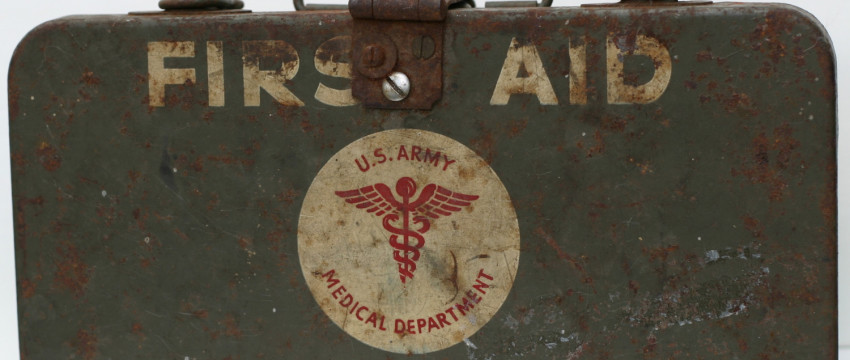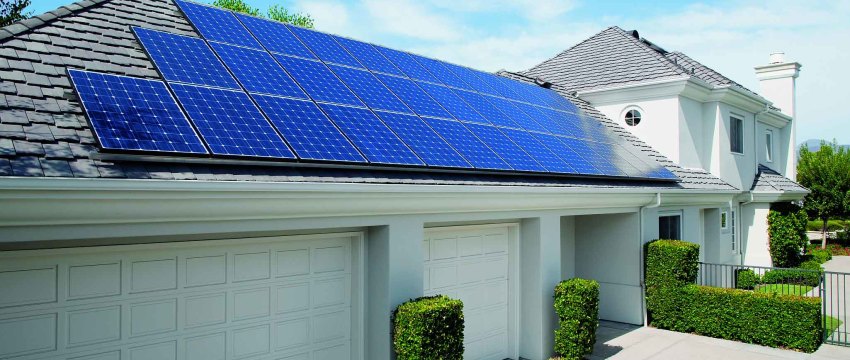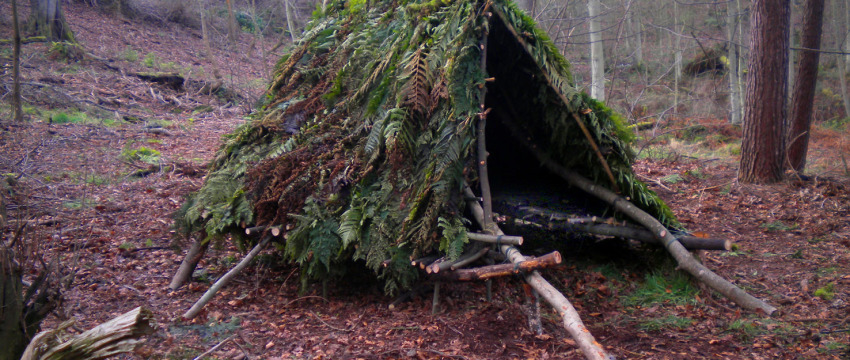Chances are that in a survival situation, there is going to be a time when you, or someone in your group will have a bleeding issue. This could be due to a variety of injuries from hunting, falls, or even a slip of a knife or axe.
Blood loss is a serious problem. A 160lb person has about 5L (about 5 quarts) of blood. 10% blood loss can usually be handled without any serious effects. It’s a good idea to see how much blood is .5-1 quart. Measure out that much and pour it on the ground. You would be amazed at how much that actually is. It will also give you an idea how much blood someone has lost on the ground if you find them after the injury.
Signs that indicate that the blood loss is getting dangerous:
- Increased heart rate
- Lightheadedness
- Weakness
- Extremities getting cold
- Sleepiness/loss of consciousness
What can you do?
You must stop the bleeding!!
Direct pressure is the quickest and usually the best method to control bleeding. Use what you have. Ideally, a clean sterile cloth should be used, but use anything that you have (deal with other issues later – save their life now). Don’t remove the dressing, just keep adding to it if it gets soaked. The wound could be in the beginning stages of clotting (and stopping) and removing the dressing could re-start significant bleeding.
Use something called quikclot if you have it. This will stop bleeding unless it’s a major vessel.
Tourniquet – only as a last resort. The problem with tourniquets is that the person will probably lose the limb unless they get medical attention quickly. It’s the wound is on the chest or stomach, really can’t do this one very well.
Once bleeding controlled
See how the person is doing. Check their heart rate, look at their extremities – pale, blue, etc – not so good.
Give fluids if conscious. Never give anything to a person who is not conscious or is confused. They can choke, or breath fluid into their lungs. The best way to give fluids in this situation is to give it by IV (intravenous). Most people don’t have the training or equipment to do this, so it may be a moot issue.
Moss supposedly when put on a wound will stop bleeding, but I have not be able to confirm this.
If you can, stitch the wound. If there is continual bleeding that you can’t stop, this may be the best option.
If it’s a clean cut, and the bleeding is somewhat controlled, you can use crazy glue/super glue to close the wound. They use something like this after surgery to help close the wound. Once the glue is dry, put tape over the wound for added strength, then wrap the wound up sort of tight.
Once the wound is dressed the best you can, and the person is out of immediate danger, you can think about infection risk. Look for increased pain at the wound site, redness or heat. All of these are signs of infection and needs to be taken care of. Antibiotics, debridement (cutting away infected/dead tissue, etc.).


